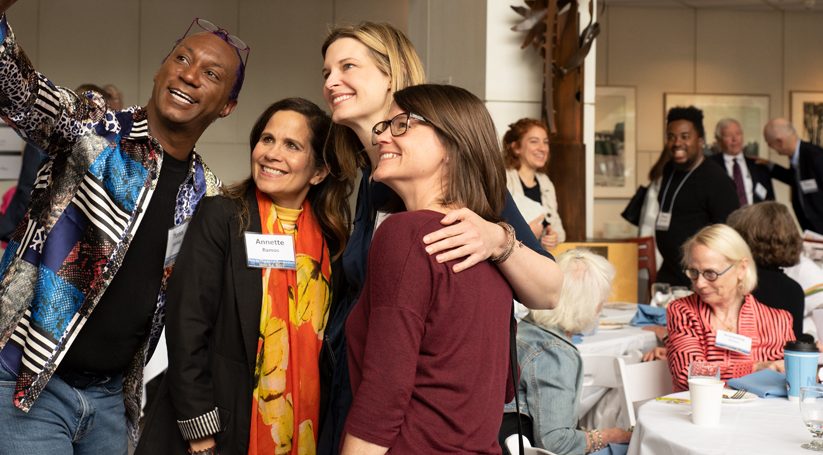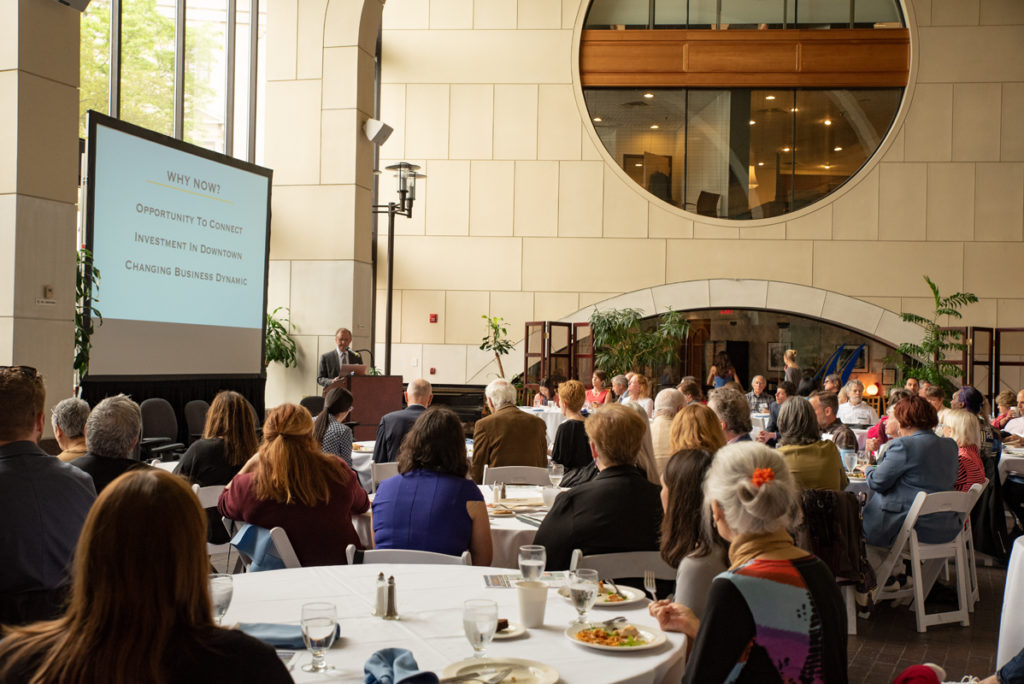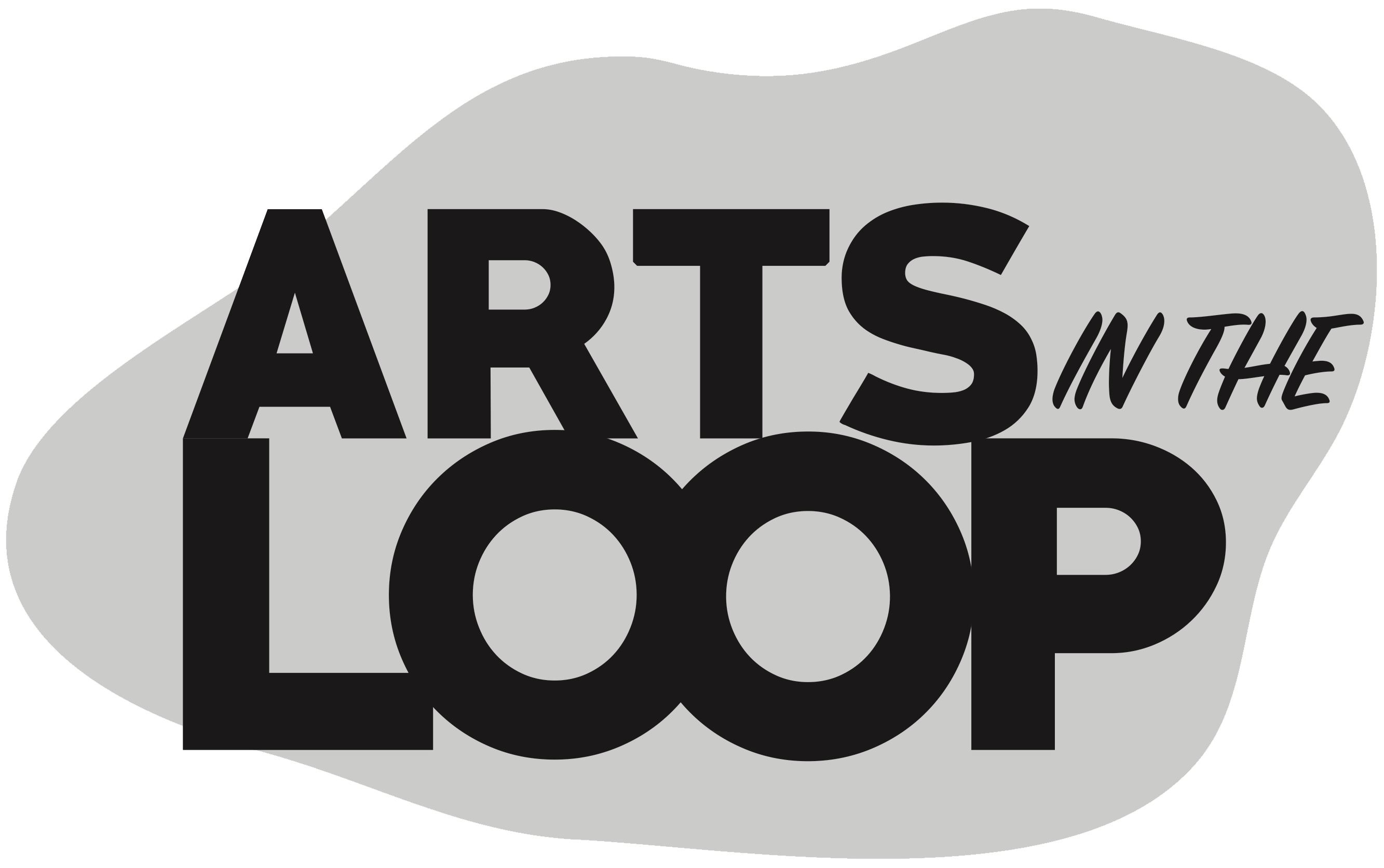Phase I:
In 2017, Phase I of Arts In The Loop (formerly Music on Main) involved reviewing aspects of creative sector & cultural revitalizations in numerous U.S. cities. This was then narrowed down to 5 cities that have had (or are currently having) success creating a vibrant downtown environment utilizing the arts – Brooklyn, Minneapolis, Pittsburgh, Nashville, and Grand Rapids. Document reviews and interviews provided insight and perspective on steps, processes, and recommendations for building an initiative such as this and documented in our Preliminary Report. Five Keys to Success emerged from this work: leverage your city’s unique identity; create areas for creatives to cluster and work together; design for diverse culture appeal; empower effective partnerships across sectors; and ensure entrepreneurship training and affordable housing for artists.
Phase II:
Utilizing the preliminary report to promote this concept to leaders and stakeholders in the Rochester community, an Executive Committee was founded in Fall of 2018. The goals of the committee were to survey the community, craft a vision, articulate outcomes, and recommend next steps. As a part of this process, site visits were made to cities studied in Phase I and meetings were held with over 25 diverse leaders in those cities, resulting in our Five Cities Report. We also presented a public symposium in June 2019 featuring 5 panelists to discuss how they leveraged their creative community assets to revitalize their cities. These conversations helped to develop recommendations and processes for Phase III – the continued development and implementation of the vision.
Phase III:
Beginning in September of 2019, Arts In The Loop will be working with local artists, arts organizations, community, business, education and government leaders to gather more complete and diverse feedback from the community and to produce Proof of Concept activities. The focus of these activities will be to temporarily activate areas of downtown through the arts and creative sector, gather more input from the community, provide evidence to support the sustainable funding and support of artists and arts organizations, and work closely with the City of Rochester, County of Monroe and State of New York. The Executive Committee will continue working to develop strategies for implementation with its subcommittee groups, and analyze the Proof of Concept activities and community input to evolve this work.
COVID-19 has temporary halted many of the in-person activities, though we are still pleased to present our ROC the Business of Art fall workshops online. We are a group of community leaders, passionate about Rochester, that is gathering input to propose a vision of making Main Street a vibrant connector between the exceptional arts, civic, business, entertainment, and technology resources in downtown. Acknowledging current assets and pertinent plans (such as Roc the Riverway and ROC 2034), we hope to be a connecting thread that will help activate the Center City area.



